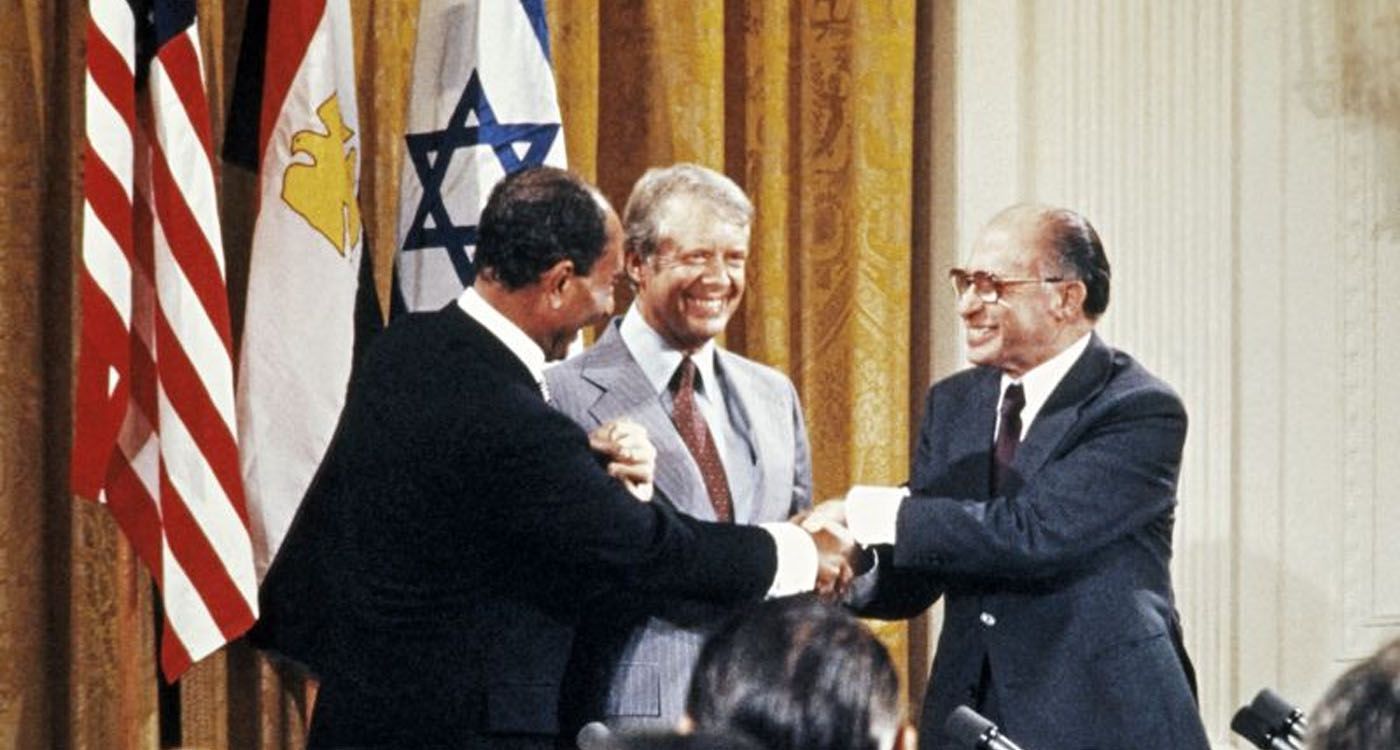
From the peace treaties signed between Israel and certain Arab States – most notably Egypt in 1979 and Jordan in 1994 – to the wave of diplomatic normalizations initiated in 2020 with the Abraham Accords, two concepts have consistently shaped discussions about regional diplomacy: peace agreements and normalization. Although these terms are often interchangeably used, they represent distinct processes, governed by different conditions and producing different outcomes.
Two Distinct Yet Complementary Processes
A peace agreement is a formal legal and political act whereby two parties end an armed conflict. It typically involves mutual recognition, a commitment to renounce the use of force and often includes territorial, security or diplomatic compromises.
For example, the 1979 Israel–Egypt peace treaty ended a state of war that had persisted since 1948, led to Israel’s withdrawal from the Sinai Peninsula and established formal diplomatic relations between the two countries.
Normalization, by contrast, usually follows the implementation of a peace agreement – though in some cases, it may precede it – and involves establishing diplomatic relations, including exchanging ambassadors, launching direct flights and fostering cooperation in economic, cultural and technological fields.
Unlike peace agreements, normalization does not necessarily resolve a prior conflict. This distinction was evident in the 2020 Abraham Accords, through which Israel established diplomatic ties with the United Arab Emirates (UAE), Bahrain, Morocco and Sudan – countries that had never been in a state of war with the Hebrew State.
Thus, it is possible to end hostilities without immediate normalization, just as normalization can occur in the absence of a formal peace treaty. These represent two different levels of engagement: peace agreements terminate conflict, and normalization lays the groundwork for sustained cooperation.
From Peace to Normalization: The Uniqueness of the Abraham Accords
When an armed conflict occurs, peace typically serves as the essential first step toward resolution, creating the legal and political framework necessary for opening diplomatic relations. This pattern was clear in the cases of Egypt in 1979 and Jordan in 1994, where normalization directly followed peace, establishing a chronological sequence: peace first, normalization second. The opening of embassies, security cooperation and bilateral agreements all followed the formal cessation of hostilities.
However, in 2020, several Arab States initiated diplomatic normalization with Israel without a preceding peace agreement, as relations had been frozen but not overtly hostile.
The signatories – particularly the UAE – cited geostrategic and economic interests rather than the resolution of military conflict as their primary motivation.
This shift challenged the traditional Arab position, especially the 2002 Arab Peace Initiative, which linked normalization to the prior establishment of a viable Palestinian State.
Nonetheless, these accords have yielded significant economic benefits for the Arab signatories, whose trade with Israel dramatically surged. Bilateral trade between Israel and the UAE soared from $125 million in 2020 to over $2.6 billion in 2022. More than 120 agreements have been signed across sectors including technology, agriculture, finance, energy and tourism.
Tourism also surged: in 2023, over 200,000 Israeli tourists visited the Emirates. Direct flights now connect Tel Aviv with Arab capitals such as Abu Dhabi, Rabat and Manama.
These expanding human and economic exchanges are strengthening bilateral ties and fostering the emergence of a new regional space for cooperation and dialogue.
Lebanon and Israel: Between an Undeclared War and the Absence of Relations
In stark contrast, Lebanon and Israel have never signed a peace treaty since Israel’s founding in 1948. Lebanon participated in the first Arab-Israeli war that same year, mainly to support its Arab neighbors, though its military involvement was limited. An armistice was signed in 1949, but relations have remained tense, with no normalization or mutual recognition.
No ambassadors have been exchanged and no official cooperation has been established. Moreover, Lebanese law criminalizes any contact with Israel.
This stance is reinforced by Hezbollah, a militant group that opposes Israel, rejects any recognition of the Hebrew State and conditions any peace on the return of occupied territories.
Against this backdrop, Lebanon became a battleground between Israel and Hezbollah in 2006 and again in 2023. A ceasefire took effect on November 27, 2024, stipulating the withdrawal of Israeli forces from southern Lebanon and the redeployment of Hezbollah fighters north of the Litani River.
Additionally, the 2022 maritime border delimitation agreement was remotely negotiated, without explicit mutual recognition, deliberately avoiding any implications of normalization.
In conclusion, peace agreements and normalization are distinct, yet potentially mutually reinforcing processes: peace ends conflict, normalization builds bridges. While some states in the region have moved toward normalization without prior peace agreements, Lebanon remains caught in a protracted state of frozen confrontation for over 75 years, excluded from this evolving regional dynamic.





Comments